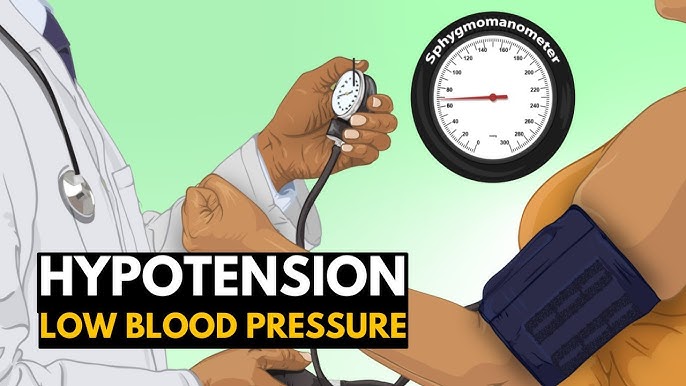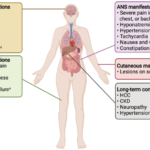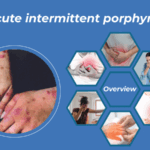Acute hypotension, a sudden drop in blood pressure, is a critical medical condition that can lead to severe complications if not promptly addressed. This article delves into the intricacies of acute hypotension, providing a detailed overview of its causes, symptoms, diagnostic methods, and treatment options.

Acute hypotension is defined as a rapid decline in blood pressure, resulting in inadequate blood flow to vital organs. Normal blood pressure ranges between 90/60 mmHg and 120/80 mmHg. A reading below 90/60 mmHg is generally considered hypotensive. Acute hypotension can manifest as a standalone condition or as a symptom of an underlying medical issue.
Causes
The causes of acute hypotension are multifaceted and can be categorized into several key areas:
- Hypovolemia: A significant loss of blood or fluids due to trauma, dehydration, or internal bleeding.
- Cardiogenic Shock: Heart-related issues such as myocardial infarction or arrhythmias that impair the heart’s ability to pump blood effectively.
- Sepsis: A severe infection that triggers a systemic inflammatory response, leading to vasodilation and hypotension.
- Anaphylaxis: A severe allergic reaction causing widespread vasodilation and fluid leakage from blood vessels.
- Medications: Certain drugs, such as antihypertensives, diuretics, or sedatives, can induce hypotension as a side effect.
- Endocrine Disorders: Conditions like adrenal insufficiency or hypothyroidism can disrupt blood pressure regulation.
Symptomsn
The symptoms of acute hypotension vary depending on the severity and underlying cause. Common signs include:
- Dizziness or lightheadedness
- Fainting (syncope)
- Blurred vision
- Nausea
- Rapid or shallow breathing
- Cold, clammy skin
- Confusion or difficulty concentrating
In severe cases, this can lead to shock, organ failure, or even death if left untreated.
Diagnosing
Accurate diagnosis of this involves a combination of clinical evaluation and diagnostic tests:
- Blood Pressure Measurement: The first step in identifying hypotension.
- Blood Tests: To check for anemia, infection, or electrolyte imbalances.
- Electrocardiogram (ECG): To detect heart-related issues.
- Echocardiogram: To assess heart function and structure.
- CT Scan or MRI: To identify internal bleeding or structural abnormalities.
Treatment Options
The treatment of acute hypotension depends on its underlying cause and severity. Key approaches include:
- Fluid Replacement: Intravenous (IV) fluids to restore blood volume in cases of hypovolemia.
- Medications: Vasopressors to constrict blood vessels and raise blood pressure in septic or anaphylactic shock.
- Oxygen Therapy: To ensure adequate oxygen supply to tissues.
- Treating Underlying Conditions: Addressing heart issues, infections, or endocrine disorders.
- Lifestyle Modifications: For chronic cases, dietary changes and increased salt intake may be recommended.
Preventing Acute Hypotension
Preventive measures focus on mitigating risk factors and managing underlying conditions:
- Regular monitoring of blood pressure
- Staying hydrated, especially during illness or physical exertion
- Avoiding medications that may lower blood pressure without medical supervision
- Managing chronic conditions like diabetes or heart disease
finally it is a potentially life-threatening condition that requires immediate medical attention. Understanding its causes, recognizing its symptoms, and seeking timely treatment are crucial for preventing complications. By adhering to preventive measures and maintaining overall health, individuals can reduce their risk of experiencing acute hypotension.

